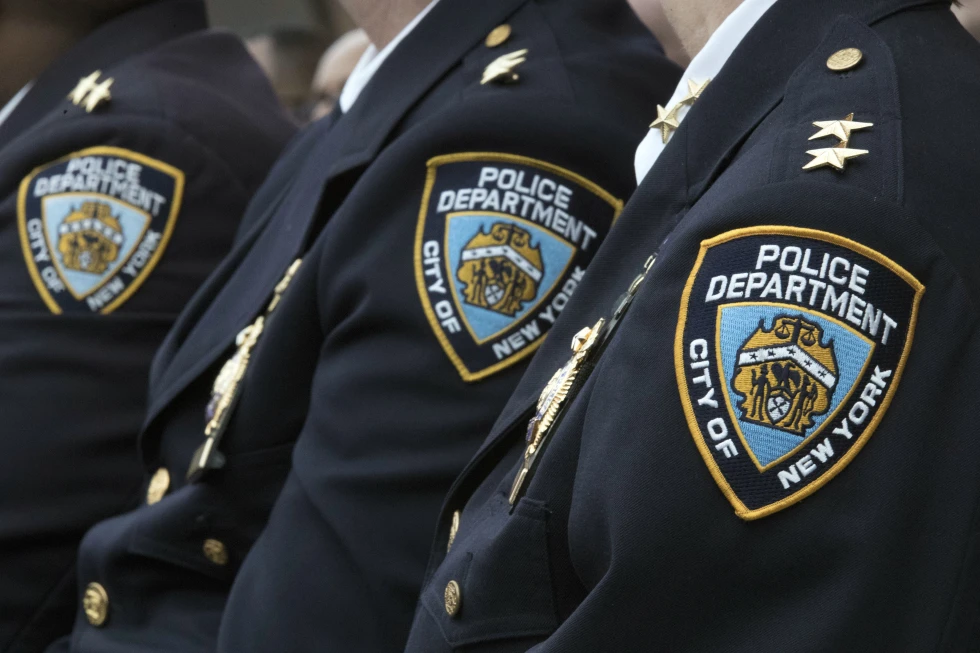|
Getting your Trinity Audio player ready...
|
By Meyer Wolfsheim
New Yorkers are now facing the longest police response times in decades as the NYPD contends with a shrinking force, according to an exclusive report by The New York Post.
Officers took an average of 15 minutes and 23 seconds to respond to 911 calls for crimes in progress during the fiscal year 2024, spanning from July 1, 2023, to June 30, 2024. This marks a troubling increase of nearly a full minute compared to last year and almost five minutes longer than four years ago, making it the slowest response since at least the 1990s.
Although response times for critical crimes like shootings and burglaries were slightly faster, with officers arriving in about 9 minutes and 24 seconds, the overall delay highlights deeper issues within the NYPD. The New York Post cites internal records that attribute these delays to a combination of staff shortages, increased emergency calls, and traffic congestion across the city.
The NYPD is currently operating with its smallest workforce since 1990, with a headcount of 33,695 officers, barely above last year’s number. According to data obtained by The New York Post, the department loses about 200 officers each month. This alarming trend has been exacerbated by a surge in retirements this year, which rose 11% compared to the previous year. By April, 566 officers had retired, and in total, 823 officers have left the force in 2024. Of those who resigned, 257 left before completing the 20 years required for full pension benefits, with many joining higher-paying police departments in Nassau County.
Patrick Hendry, President of the Police Benevolent Association, expressed deep concern over the growing pressure on officers, stating that the increased workload is unsustainable. “New York City police officers’ workload has exploded over the past several months, and the staffing is still nowhere close to keeping up,” Hendry said in an interview with The New York Post. He added that many officers are exhausted from working overtime, dealing with subway crime, and responding to daily protests, which have spiked dramatically since October 2023, with an average of 12 demonstrations each day.
The union has proposed a flexible schedule to ease the strain on officers, but the solution has yet to be implemented citywide. Currently, only select precincts are testing the new work structure, which allows officers to work longer hours over fewer days. However, Hendry warned that this schedule, even if expanded, may not be enough to solve the department’s mounting problems.
One officer, who retired after 20 years of service, told The New York Post that the combination of long hours, anti-police sentiment, and bail reform laws left him feeling demoralized. “There’s no consequences. So, a lot of cops are like, ‘What the hell are we doing?’” said the officer, who retired in January. Like many others, he cited the heavy workload and constant redeployment to protests and high-crime areas as factors that pushed him to leave the job.
To address the staffing shortage, Mayor Eric Adams announced that two previously canceled NYPD academy classes will now resume, which could add up to 1,200 new recruits to the force. However, the PBA has been quick to point out that these new hires will only “barely keep the headcount flat,” as the rate of attrition continues to climb.
The NYPD’s record-breaking $1 billion in overtime expenses this fiscal year reflects the severity of the staffing crisis.





